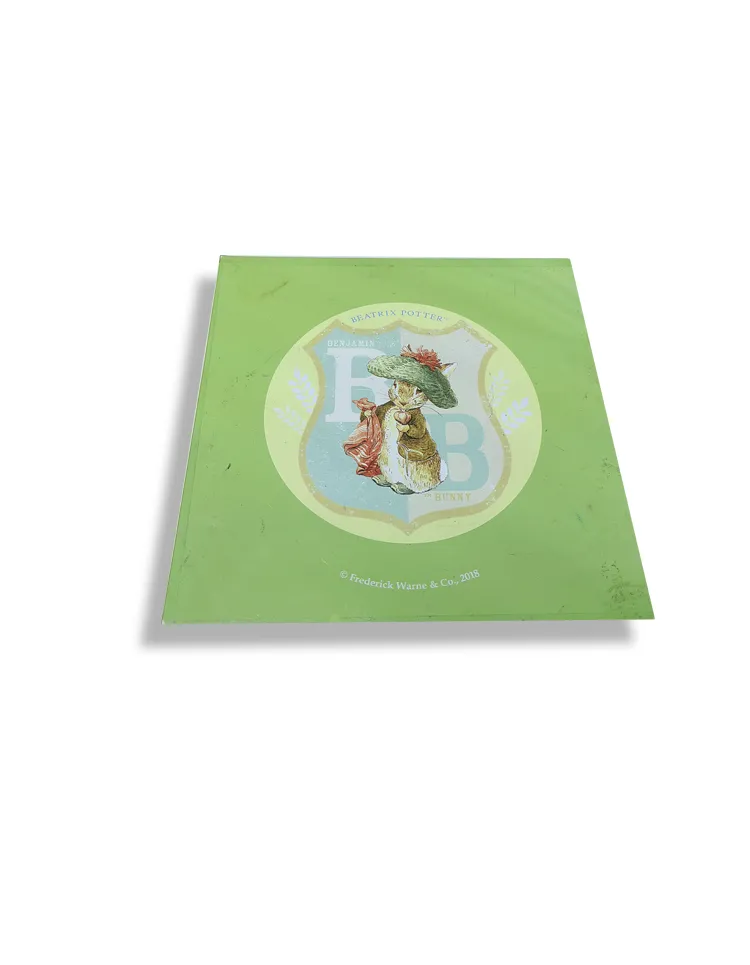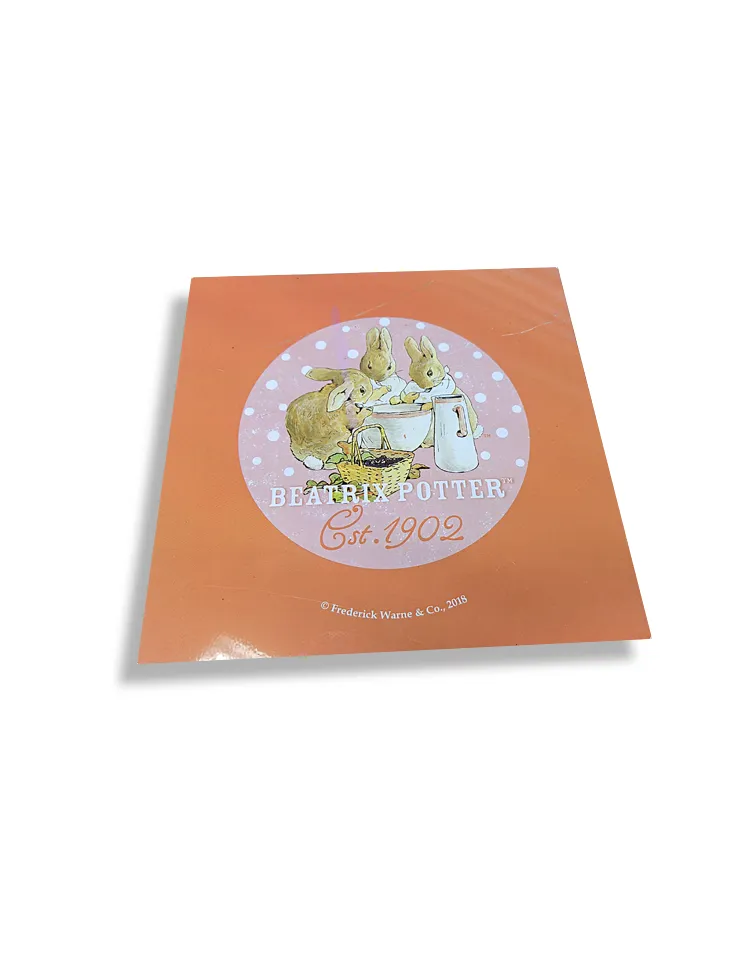In the field of metal packaging, tinplate sheet is a widely used material, especially in the food, beverage, chemical products and other industries. Tinplate sheet has become an important packaging material with its unique performance advantages. The core characteristics of tinplate sheet come from the tin plating layer on its surface, and the tin plating process is an important guarantee for its corrosion resistance and mechanical strength. Therefore, understanding the relationship between tinplate sheet and tin plating can not only better understand the superiority of this material, but also help us to more comprehensively understand its application in various industries.
This article will explore the relationship between tinplate sheet and tin plating from the definition of tinplate sheet, the process principle of tin plating, the close connection between tinplate sheet and tin plating, and their respective roles in material protection.

What is tinplate?
Tinplate, also known as tinplate sheet, is a metal composite material with a layer of tin on the surface of steel. Its basic structure can be divided into two parts: a steel substrate and a tin plating layer on the surface. This material combines the strength of steel and the corrosion resistance of tin and is widely used in the manufacture of various metal packaging, such as food cans, beverage cans, chemical containers, etc.
The role of steel substrate
The core of tinplate sheet is the steel substrate, usually a low-carbon steel sheet. Low-carbon steel has good mechanical properties and can withstand high pressure and external impact, so tinplate sheet products have good durability during transportation and storage. The strength of the steel substrate makes tinplate sheet resistant to impact and deformation, which is one of the important reasons for its wide application in the packaging field.
However, a significant weakness of steel materials is that they are easy to rust, especially in humid or corrosive environments. Exposed steel reacts with oxygen and moisture in the air, and will quickly oxidize to form rust, causing the material to lose strength or even completely damage. At this time, the importance of the tinning process becomes apparent. The tinning layer provides an effective protective barrier for the steel, preventing it from directly contacting with external corrosive substances.
The protective role of the tinning layer
The tinning layer is a key part of the tinplate sheet structure. It is mainly composed of a thin layer of tin, which is usually evenly coated on the surface of the steel substrate by electroplating or hot-dip coating. Tin is a metal that is not easy to oxidize and has good corrosion resistance. It is not easy to react chemically when in contact with air, moisture, and acidic or alkaline substances, so it can effectively protect the internal steel substrate.
Tin plating not only acts as a physical barrier to prevent air and moisture from contacting the steel substrate, but also provides a certain decorative effect through its smooth surface. In addition, the tin layer itself has a certain food safety, which makes tinplate sheet an ideal material for food packaging, especially in canned food and beverages. The tin layer can prevent food from directly contacting the metal, avoiding food deterioration or metal corrosion.

What is the process principle of tin plating?
The tin plating process is the core step in the manufacture of tinplate sheet. It not only determines the anti-corrosion performance of tinplate sheet, but also directly affects its service life and effect in various applications. The tin plating process is mainly divided into two methods: hot plating and electroplating. Each method has its own specific process flow and application characteristics.
Hot-dip process
Hot-dip tinning is a commonly used process in the early production of tinplate sheet. The basic principle is to immerse the pre-treated steel sheet in molten tin, so that a layer of tin is attached to the surface of the steel sheet, and then solidify it by cooling. The hot-dip tinning process is relatively simple, and the tin layer is usually thicker, which can provide stronger protection performance, especially for those products with high requirements for corrosion resistance.
However, the hot-dip tinning process also has its limitations. Due to the thicker tin layer, the smoothness and uniformity of the surface are not as good as the electroplating tinning process. In addition, the hot-dip tinning process consumes a lot of tin and the cost is relatively high. Therefore, with the development of technology, electroplating tin has gradually become the mainstream process in tinplate sheet production.
Electroplating process
Electroplating tin is currently the most commonly used tinning method, which uniformly coats tin on the surface of the steel substrate through an electrochemical reaction. Specifically, the steel sheet is immersed in an electrolyte containing tin salts, and then the tin ions are deposited on the surface of the steel sheet through an electric current to form a uniform tin layer. Compared with hot-dip tinning, the electroplating tinning process has the following advantages:
● Good uniformity of the tin layer: The electroplating process can accurately control the thickness of the tin layer, making its surface smooth and uniform, which is suitable for products with high requirements for appearance.
● Thin tin layer: Electroplating tin can achieve anti-corrosion effect with a thinner tin layer, thereby saving material costs.
● High process flexibility: The electroplating process can adjust the thickness of the tin layer according to different needs to meet the requirements of various different application scenarios.
Due to these advantages, electroplating tin is widely used in large-scale tinplate sheet production, and with the advancement of technology, the efficiency and quality of the electroplating tinning process are also constantly improving.
What is the relationship between tinplate sheet and tin plating?
Through the above basic introduction to tinplate sheet and tin plating, we can see that there is a close relationship between tinplate sheet and tin plating. It can be said that the tin plating process is the basis for tinplate sheet to exert its excellent performance, and tinplate sheet is the main carrier of the tin plating process. The relationship between them can be analyzed in detail from the following aspects:
Tin plating is the core of tinplate sheet's anti-corrosion performance
Although steel materials have good mechanical strength, they have poor corrosion resistance and are prone to oxidation reactions in humid environments or corrosive media, generating rust, which eventually leads to material failure. The presence of the tin plating layer provides a vital protective effect for the steel substrate, preventing it from direct contact with external corrosive substances.
Tin has excellent antioxidant properties, can maintain relatively stable chemical properties at room temperature, and is not easily corroded. Especially in food packaging, the tin layer can not only protect steel from the erosion of food acid and alkali substances, but also prevent food from contacting iron and affecting the taste or safety of food. Therefore, the tin plating process is an important guarantee for tinplate sheet to be widely used in food, beverage and other industries.
The tin plating process determines the service life of tinplate sheet
The service life of tinplate sheet depends largely on the quality and thickness of the tin plating layer. In a highly corrosive environment, if the tin plating layer is thin or uneven, it may not provide sufficient protection for the steel substrate, resulting in rapid corrosion of the substrate. On the contrary, a tin layer with moderate thickness and good uniformity can significantly extend the service life of tinplate sheet.
Therefore, the control of tin plating process is crucial to the quality of tinplate sheet products. Whether it is hot-dip tinning or electroplating tinning, how to ensure the uniformity, thickness and adhesion of the tin layer are issues that need to be focused on during the production process.
The wide range of uses of tinplate sheet depends on the tin plating process
It is precisely because of the existence of the tin plating layer that tinplate sheet can be widely used in many industries. For example, in the production of food cans, the inside and outside of the cans need to have good corrosion resistance to prevent the acidic substances in the food from corroding the can body and causing the food to deteriorate. The tin plating layer provides this necessary protective function for the cans.
In the chemical industry, many chemicals are highly corrosive. Without the protection of the tin plating layer, steel containers may be corroded and perforated quickly. Therefore, the success or failure of the tin plating process directly determines the use effect of tinplate sheet products in these industries.

The actual role of tinplate sheet and tin plating
From the perspective of practical application, the relationship between tinplate sheet and tin plating is reflected in two aspects: protection and beauty.
Protective function
The tin plating layer is the core barrier of corrosion resistance of tinplate sheet products. It effectively prevents oxygen and moisture from corroding the steel substrate and prolongs the service life of the product. For food cans, beverage cans and other packaging that are in direct contact with food, tin plating can not only prevent the rust of steel, but also maintain the original flavor of the food and ensure the safety of the food.
In addition, in industrial chemical packaging, the tin plating layer also plays a vital role. It can effectively resist the corrosion of chemicals on the container and ensure the safe storage and transportation of chemicals.
Aesthetic function
Tin plating not only has a protective effect, but its smooth and shiny appearance also adds beauty to tinplate sheet products. Many tinplate sheet packaging not only pursues functionality, but also needs to have a certain decorative effect. The existence of the tin plating layer makes the tinplate sheet packaging both practical and beautiful, which can meet consumers' demand for packaging visual effects.

